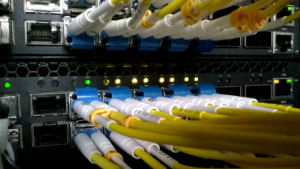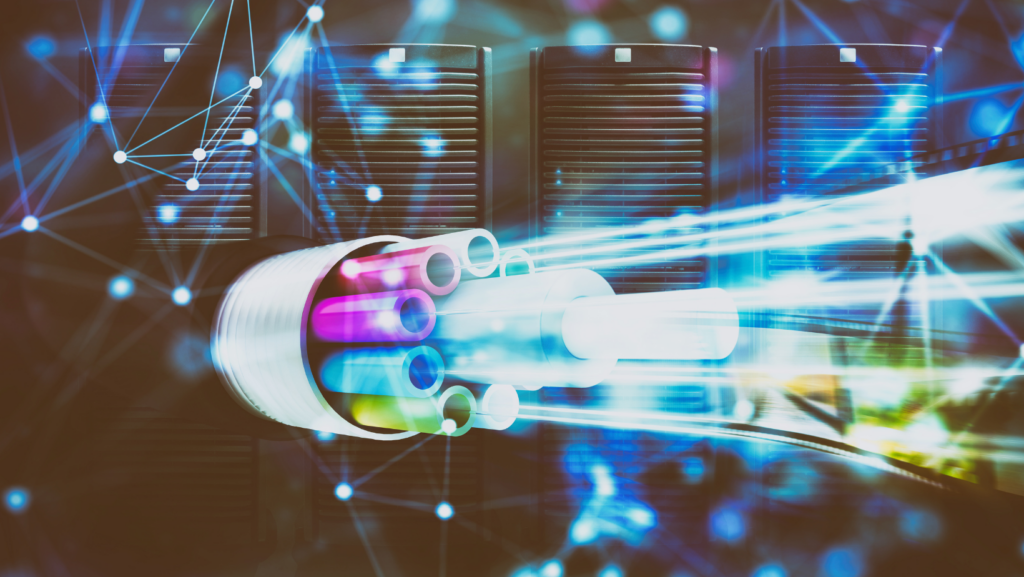In the rapidly evolving digital age, dark fibre network infrastructure market trends has emerged as a game changer. This unsung hero of the telecommunications industry is creating ripples in the market, promising high-speed data transmission and unmatched scalability. Our exploration into the world of dark fibre begins here.
As businesses become more data-centric, the demand for dark fibre networks is skyrocketing. This article delves into the latest market trends, highlighting how dark fibre is steering the future of network infrastructure. We’ll dissect the factors driving its growth, and the challenges it must overcome.
So, buckle up as we journey through the exciting terrain of dark fibre network infrastructure. With every twist and turn, we’ll uncover the secrets of this burgeoning market, and what it means for the future of telecommunications.
Dark Fibre Network Infrastructure Market Trends

Delving deeper, dark fibre network infrastructure market trends stands as a notable pillar of modern telecommunication standards. Accentuating its escalating demand, let’s understand its operational basics and prime functionality.
Dark fibre networks, as the name reveals, signify unused or ‘dark’ optical fibre cables. Initially, companies lay excess fibre lines to prevent future shortage, thus paving the way for dark fibre. Composed of glass or plastic and lesser than the thickness of human hair, these fibres transmit information through light pulses. For instance, when the company doesn’t light up specific fibre, it remains dark and unutilized. Offering unparalleled bandwidth, they’re suitable for high-speed data transmission, making them an appealing choice for organizations reliant on data-centric operations.
Current Market Scenario of Dark Fibre

In the arena of telecommunications, the dark fibre network infrastructure market trends is becoming a go-to solution. Its overwhelming advantages put it at the forefront of the industry.
Global demand for dark fibre networks is skyrocketing, particularly due to increasing dependency on high-speed, secure data transmission. Cisco’s Annual Internet Report predicts that by 2023, there’ll be 5.3 billion internet users globally. This equates to 66% of the world’s population, necessitating robust network infrastructure like dark fibre to manage the data load. With growth in technology, developing countries too, are increasingly implementing dark fibre networks, adding further to its demand.
With the escalating global demand, numerous companies lead the market in providing dark fibre network solutions. Among them, Zayo Group, Windstream Holdings, and AT&T stand out as key players. Zayo Group, for instance, boasts an extensive dark fibre footprint, spanning over 130,000 route miles across North America and Europe.
Analysis of Dark Fibre Network Infrastructure Market Trends
This section of the article will focus on the trends characterizing the dark fibre network market. Initially, we’ll explore the emerging technology trends within this sector, and subsequently, we’ll assess the impact of COVID-19 on the market.
As the world steers towards digital transformation, significant technological advancements envelop the dark fibre network market. DWDM (Dense Wavelength Division Multiplexing), for instance, allows communication service providers to send multiple streams of data simultaneously over a single dark fibre cable. It increases efficiency, making it a hot trend in the sector.
Additionally, plans for 5G implementation have pushed the need for enhanced network capabilities, influencing the growth in dark fibre network constructions. Dark fibre’s capacity to offer low-latency and high-speed data transmission is pivotal to the success of 5G, making it an integral part of the technology’s blueprint.
Exciting Terrain Of Dark Fibre Network Infrastructure

It’s clear that dark fibre network infrastructure market trends is shaping the future of telecommunications. The market’s projected growth to $11 billion by 2027, driven by tech giants and emerging players, underscores this trend. While challenges like high upfront costs and complex management persist, they’re counterbalanced by the surge in demand for secure, high-speed broadband and bespoke network solutions. The advent of DWDM and 5G technologies is propelling the expansion of dark fibre networks, and the shift towards distributed data centers and cloud computing opens doors for new entrants. The impact of COVID-19, though disruptive, has underscored the importance of robust network solutions. Despite hurdles, the dark fibre network market is poised for a bright future.



